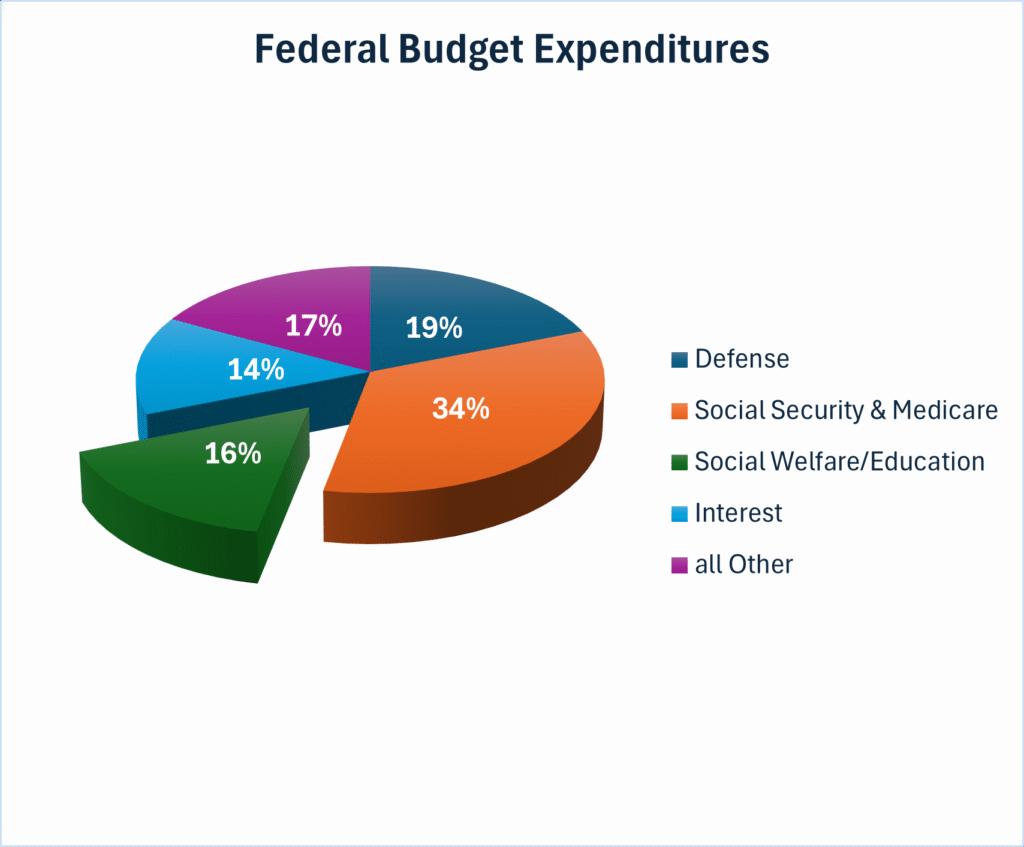
The social safety net, which includes essential programs like Head Start, CCDBG, Title I for education, Title X for family planning services, and more, is facing unprecedented threats due to proposed federal budget cuts. These reductions jeopardize programs that serve millions of low-income and disadvantaged individuals, leaving communities vulnerable and at risk.
Facing these challenges requires a collective, united effort. Letters, statements, and media coverage are essential, but they are not enough on their own. Advocacy must go further, and the most powerful step we can take is building strong coalitions. Coalitions amplify voices, bring together diverse perspectives, and create a force too significant to ignore.
Here, we outline effective advocacy steps, with a specific focus on coalition building, to protect and strengthen the programs that so many rely upon.
The Importance of Coalition Building in Advocacy

Coalitions are the backbone of impactful advocacy. They unite diverse individuals, organizations, and communities under a shared goal, making it easier to mobilize resources, influence policymakers, and demonstrate strong public support.
For example, when cuts threaten Title I funding for schools in low-income areas, education-focused coalitions can include teacher unions, local parent-teacher associations, and national organizations like the National Education Association. Together, these groups create a unified and powerful message policymakers cannot ignore.
You can apply the same strategy across affected programs:
- Cuts to family planning services? Partner with Planned Parenthood and the National Family Planning & Reproductive Health Association.
- Reductions to housing assistance programs? Collaborate with Habitat for Humanity and the United Way.
- Threats to Social Security funding? Build alliances with AARP and senior advocacy groups.
- Potential cuts to Medicaid? Work with the National Kidney Foundation, the American College of Physicians, and the American Hospital Association.
- Reducing investments in early childhood? Work with organizations that receive CCDBG funds, Pre-school development funds, and local elementary schools along with universities and colleges.
But coalition building is only one piece of effective advocacy. Below is a step-by-step approach to amplify your impact.
Effective Advocacy Steps: Protecting Our Children and Families

Step 1: Educate Potential Advocates
Mobilization begins with awareness. Reach out to a diverse audience of potential advocates, including families, community partners, business leaders, and your board of directors. Host informational sessions or webinars to explain what’s at risk and why advocacy matters.
Step 2: Provide Advocacy Training
Advocacy skills don’t come naturally to everyone. Offer workshops to teach basic advocacy techniques, like how to make phone calls to legislators or write compelling, personalized emails. Encourage clients to share their stories about how these programs have impacted their lives. Stories can also include local, credible data to amplify your message.
For example:
- Personal Letters: Effective communication with legislators should include personal stories behind the numbers. For instance, explain how Head Start enabled a local child to succeed in school and include data on how many children in the community achieved gains by the end of the year. Personal stories backed by statistics are compelling and hard to ignore.
- Organizational Letters: Advocacy letters from organizations should include a clear request for a meeting. When possible, advocate for funding to send families, board members, and staff members to meetings with legislators to personally demonstrate the impact of the program.
Step 3: Use Credible Data to Strengthen Your Case
Data Picture
Policymakers rely on credible data when making decisions. Use national data to highlight the widespread value of programs like Head Start and CCDBG, and local data to spotlight specific community impacts.
For instance:
- Local Impact: Head Start and CCDBG bring over $276 million annually to Miami-Dade County. This funding supports families, creates jobs, and strengthens the local economy.
- Child Outcomes: Include specific data on how your program impacts children. For example, what percentage of children in your community are meeting or exceeding academic and developmental gains by the end of the year?
Step 4: Fundraise for Advocacy Efforts
Advocacy requires both financial and in-kind resources. Fundraising initiatives can support:
- Educational programs for families and advocates about legislative processes.
- Efforts to gather and publish local, impactful data.
- Sending families and advocates to meet policymakers in person, ensuring a powerful, in-person connection.
Step 5: Deliver Compelling Presentations
Tailor your messages to resonate with the audience. Use clear, concise language supported by visuals like infographics and photos. Highlight the budget’s overall support for the social safety net rather than focusing narrowly on a single program, as this broad perspective prevents divide-and-conquer strategies.
Step 6: Build Coalitions
Coalition building is the heart of effective advocacy. Identify organizations, groups, and individuals who share a vested interest in the programs and issues at stake:
- Educational groups for Title I advocacy.
- Health organizations for family planning and Medicaid funding.
- Housing activists for assistance program support.
- Senior groups for Social Security protection.
By creating shared resources, broader networks of influence, and unified messaging, you’ll greatly expand your impact.
Step 7: Understand Legislators’ Needs
Before approaching policymakers, research their priorities, voting history, and challenges. By aligning your advocacy with what they care about most, you can make a stronger case for their support.
Additionally, encourage public forums or town halls. Partner with local organizations like the League of Women Voters to create opportunities for direct dialogue with legislators.
Expanding the Context Around the Budget

When discussing any particular program, it’s essential to highlight how it fits into the larger social safety net. Focusing too narrowly on a single program can unintentionally undermine the broader cause. Instead, present a comprehensive narrative showing how these programs together enhance communities, uplift families, and contribute to a stronger workforce for future generations.
For example:
- Short- and Long-Term Gains: Highlight how programs like Head Start benefit not just children, but entire families, setting the stage for educational and economic success over the long term.
- Local Economic Impact: Show how these programs contribute to local economies. For example, emphasize the jobs, services, and growth they generate.
- Broader Strategy for the Future: Demonstrate how programs are part of a successful, long-term strategy to enhance citizens’ well-being, create economic opportunities, and prepare a skilled workforce.
Create Significant Change

To create significant change, we need to think big and act collaboratively. Here’s how you can help:
- Contact Me for Assistance: If you or your organization need help with advocacy training, researching legislative positions, or crafting effective advocacy strategies, I’m here to help.
- Upgrade Advocacy Websites: Persuade local, state, and national organizations to enhance their advocacy tools and provide clear, accessible training materials for supporters.
- Raise Funds to Amplify Efforts: Organize fundraising events to finance educational initiatives or send families to meet legislators in person.
- Connect with Coalitions: Reach out to state and national Head Start associations and other organizations aligned with your cause to unify efforts.
By taking these actions, we advocate not just for programs but for the countless individuals and communities they serve. Together, with your voice, story, and support, we can protect critical social welfare programs and ensure a brighter future for all.
📩 Act Today
Contact me for (free) guidance or assistance or email me directly. Together, we can make a difference that truly matters.
Dr. Cathleen Armstead is a distinguished leader in the nonprofit sector, bringing over 25 years of experience in program evaluation, leadership development, and nonprofit management. She is the founder of Sunshine Nonprofit Solutions, a consulting firm dedicated to empowering nonprofit organizations and Head Start programs to maximize their impact. Known for her strategic vision and evidence-based approaches, Dr. Armstead has revolutionized how organizations achieve sustainable growth and deliver meaningful services to their communities.
With a dynamic career spanning decades, Dr. Armstead has held pivotal roles in nonprofit operations and leadership. Her accomplishments include:
Dr. Armstead’s passion for advocacy is rooted in her commitment to improving the lives of low-income and disadvantaged populations. Over the years, her work has influenced policies at the local, state, and national levels, driving initiatives that promote equity and opportunity.
When she’s not mentoring nonprofit leaders or conducting research, Dr. Armstead enjoys swimming, biking, and exploring new cultures through travel. These personal pursuits further reflect her adventurous and dynamic approach to both life and leadership.
